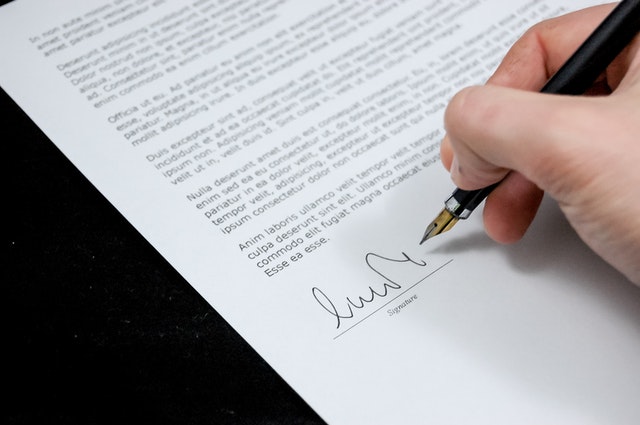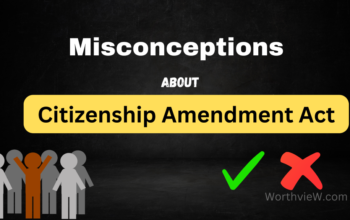A wrongful death claim is pursued if a loved one is killed by questionable means or negligence. Its purpose is to ensure you and your family receive the justice and financial support you need. A few losses include consortium and funeral expenses, both of which can be sought in a wrongful death claim.
Dealing with a wrongful death claim, which usually involves the death of a close relative, can be complex. Mainly because it entails numerous minor procedures. With the support of a wrongful death lawyer, however, you can make the entire procedure less stressful.
If you’re wondering how to go about filing a wrongful death claim, you’ve come to the right place. This article highlights the four significant steps involved in the process. Read on.
What are Steps Involved In Filing a Wrongful Death Claim?
1. Pre-Trial
Pre-litigation begins when the principal next of kin, with the assistance of a wrongful death lawyer, begins an inquiry into the circumstances surrounding the death. Getting all of the proof and information from police reports and hospital records takes a long time, at best, months.
Suppose the accused acknowledges the evidence strongly favors you. In that case, the matter may be settled outside of court, as is the norm in most cases. A professional wrongful death attorney will assist you in constructing a solid case based on a preponderance of evidence. Hopefully allowing you to avoid lengthy trials and instead settle outside of court.
2. Negotiations between Parties
You and your attorney can now notify all parties involved about your efforts to obtain financial compensation once the investigation is complete. It is critical to have an attorney who has experience negotiating settlements. This ensures you do not become overwhelmed by the defendant’s legal counsel or the experienced negotiators representing the insurance companies.
3. Litigation
If the parties cannot reach an agreement and the claim is not resolved outside of court, the case will proceed to formal litigation. There are usually a lot of minor processes going on during this stage.
First, your attorney must draft a complaint and summons to be served to all of the defendants. Following that comes the pre-trial discovery stage, during which both parties share their evidence with one another. Then there are the interrogatories. This is where both the defendant and the plaintiff issue a set of written questions that must be answered under oath and written form before the case can proceed.
Both parties can then request relevant documents pertaining to the case from one another; such documents may include insurance policies, death certificates, and hospital records, among other things.
Afterward, parties and witnesses are interrogated orally under oath about the written answers initially provided in response to the written questions. A pre-trial conference with the attorneys for both parties is typically held before the trial. This is to discuss the upcoming trial requirements and determine whether or not an agreement can be reached before the trial begins.
4. Trial
The trial is the fourth and last stage of a wrongful death claim. A jury usually is present during the trial. Suppose the matter proceeds through the entire trial process without any last-minute settlements. In that case, the jury verdict may be the final word. In some states, however, either side can appeal the case.
Seek Legal Counsel
While no amount of money can make up for the loss of a loved one, a settlement can relieve some of the financial burdens that come with their passing. Knowing how to file a wrongful death claim will help you prepare for future discussions, negotiations, and trials. It is also in your best interest to do so with the help of a wrongful death lawyer.
Related Posts












